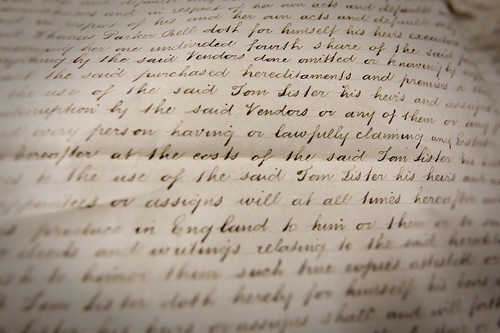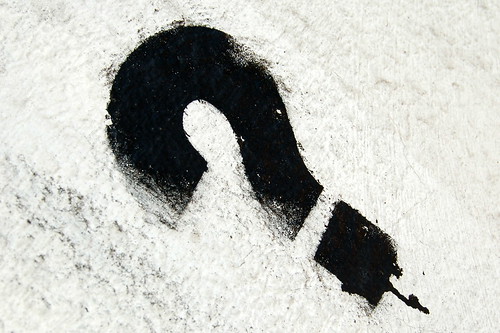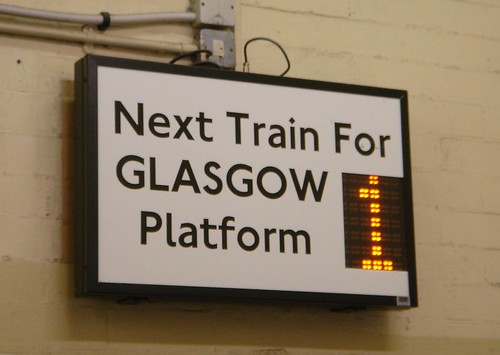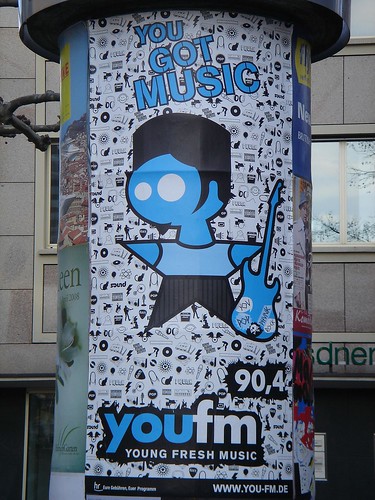In response to the publication of the interim Digital Britain report, I sent out this twitter

That prompted a small flurry of @nickpiggott replies asking me “so, what does doing it properly mean”?
Let’s start by reminding ourselves that we have the most successful implementation of free-to-air digital radio anywhere in the world. There is no discussion, no set of statistics, no spin that can deny that fact. More people, by number and by percentage of the population, use free-to-air digital radio in the UK than anywhere else. Over 8m cumulative device sales, without a penny of device subsidy or subscription. Planet Rock has almost half the audience of Absolute Radio.
So what we have is not broken, is not a failure and is not dysfunctional.
But – it could be better. We’re only using a fraction of the capabilities of the system, and the implementation was conceived without any reference models, and without any similar paradigms. Which is why it tended to follow the FM model that preceded it by 40 years (25 years in commercial radio).
I tend to work by setting a clear vision of what I want to achieve, and then working out how to get from here to there. If you start from here, and look only at the obstacles, you’d probably give up. (Maybe that’s what’s happening in other countries?). But if you think what you could do, I find it easier to find the swerves and jumps that get you round the problems. Or hope they go away before you get to them.
So here’s my manifesto for doing it properly. My manifesto, not that of my employer. And not representative of all or even part of the radio industry.
Coverage “Turn It Up”
We need higher field strengths for DAB. To really realise its strategic value, and its unique benefits, DAB has to be receivable on the move on a handheld device tucked in someone’s pocket as they go through cities – walking down streets, and walking round buildings. And that means much higher field strengths. Probably about +12dBuV / +14dBuV on what we have now. For normal people, lots lots more.
And we need to do that by using a smaller number of transmitters using much higher ERPs (emitted powers). The whole economic model of “broadcasting” is lost if you work on a network of hundreds of sites to cover the same area covered by 1 FM site now. That’s oversimplifying things, but the general principle is sound. We need to cut the number of DAB sites in use now, and crank up the power of those remaining dramatically.
Why wasn’t this done in the first place? Ah, well, thanks for asking that, because it leads into the next point…
Spectrum Planning “Make It Simpler”
OMFG the UK DAB spectrum plan is complicated. We (the radio industry) made such a rod for our own backs, and loaded ourselves down with so much cost with the current spectrum plan. The current spectrum plan is derived from the original FM plan,and was somewhat influenced by the decision to tie FM licence renewals with commitment to get services on DAB.
We tried to replicate the FM coverage model on DAB. Wherever there was a significant analogue licence that was eligible for renewal, it needed to have an equivalent DAB multiplex area. Problem is, there’s about 100 FM channels in the spectrum 87.5MHz to 108MHz. We tried to duplicate an FM plan which was carefully juggled to fit into 100 FM channels, and pretty much replicate it in 5 DAB channels. Um, can anyone see the problem here, because we didn’t spot it 10 years ago. (Yes, hello pedants – I’m aware that’s an oversimplification, but ride with me on this one).
That created the most fabulous spectrum plan, for which hat tip to the spectrum planners for almost managing to do it. Incredible.
The problem was, it relied heavily on cramming services close together, both in the same areas (adjacent channels) and in adjacent areas (co-channel channels). So the amount of interference from each multiplex had to be virtually negligible outside of its area, which in turn meant using lots of low power transmitters rather than a few bigguns.
My favourite example of this is the London III and Sussex Coast multiplexes, which are both on channel 11B. They are separated by less than 30kms. Can you imagine having two FM stations on the same frequency, with coverage areas only 30kms apart? No. Madness.
The best thing we can do is re-plan to put spectrum where it’s needed, and have bigger mux areas with wider geographic separation. It makes little sense to have Wiltshire split across two different frequencies. (I could tell you why, but you’d be in disbelief).
A re-worked spectrum plan would create less adjacent and co-channel interference, and would support fewer transmission sites at higher powers.
But, you say, how do you fit all those radio stations that used to be on 3 separate muxes onto 1 bigger mux. Well, funny you should ask, because…
DAB+ “Make It More Spectrum Efficient”
Flameproof suits on, mail filters armed, incoming abuse expected.
DAB+ isn’t about making radio sound nicer, because consumers don’t want it, and it doesn’t help anyone. The best use of DAB+ would be to allow a smaller base of infrastructure to support the same number of radio stations. That way, the cost of DAB(+) to the radio industry goes down, we can put much higher powered muxes on-air, and everyone gets a better service.
It’s a big hairy problem though. It keeps me awake at night (not kidding). I would not like even 0.01% of the 30% of UK households who have DAB radios to email me to tell me how they feel about making their DAB radio defunct. It’s not fair, and being fair is an important part of radio IMHO. I don’t have a simple plan on how we would do this, so lets file that under “needs more thinking”.
If we did get to DAB+, we would almost certainly find that we could get the radio stations on-air, and have some spectrum free, and seeing as you’re asking, I’ll tell you what we’d use it for…
Differentiation “Do something exciting”
DAB is insufficiently differentiated from analogue currently. Yes, there’s lots more stations, and its tune by name, and you get some (semi)-useful text. But it’s not the evolution it could have been. DAB has some immensely w00t technologies in it, but the broadcasters have to implement them, and educate listeners about them, BEFORE the radios get built. I take my hat off to the original spec writers, because it’s a joy to converge DAB with IP. Did you know there’s a whole “over the air” HTTP transport layer, that will move seamlessly between IP and DAB? Or a highly efficient way of distributing traffic messages. Even an IP Multi-cast tunnelling option. All there, all waiting to be used.
If we did some of this stuff, I’m sure DAB would get more exciting, and would get into more exciting devices. And, incidentally, become more valuable commercially. Which can only be a good thing. (BTW – have been told what I can talk about on the Touch Radio device, so just need to think and write about it).
Summary
So there’s my “doing it properly” 4-point plan.
- Better coverage through higher powers on fewer transmitters
- Simpler Spectrum plan with fewer muxes covering bigger areas
- More efficient spectrum use with DAB+
- Differentiation through data services
Only a few things stopping these changes
- Infrastructure / transmission contracts which go on for a number of years still
- Big one-off cost of changing around all the transmitters and masts
- Complex transition from existing spectrum plan to a new one
- Replacing ~8m DAB radios with DAB+ ones.
- Staying alive through the recession.
But, never fear dear readers, because there is light. Digital Britain confirms what the educated know, which is that DAB is fundamentally a great technology, it’s just the current implementation that isn’t brilliant. Consumers just keep loving DAB, and it’s easy to get some data services and some new radio stations back on the air in the current infrastructure (and credit to my team for pulling some clever workarounds out on the data issue). There’s lots of clever people working in radio, who can make this happen.
I will be looking at how Australia get on. They’re starting fresh in May, and they’re going for the 4-point “doing it properly” plan on day 1. They’ll go rushing past us, and set the standard for DAB rollouts from here on. Who knows, maybe it will trigger the second Aussie invasion of radio? Grab the esky, and get the beers cold.
Photo: Legal Writing (CC) Horrgakx @ Flickr



